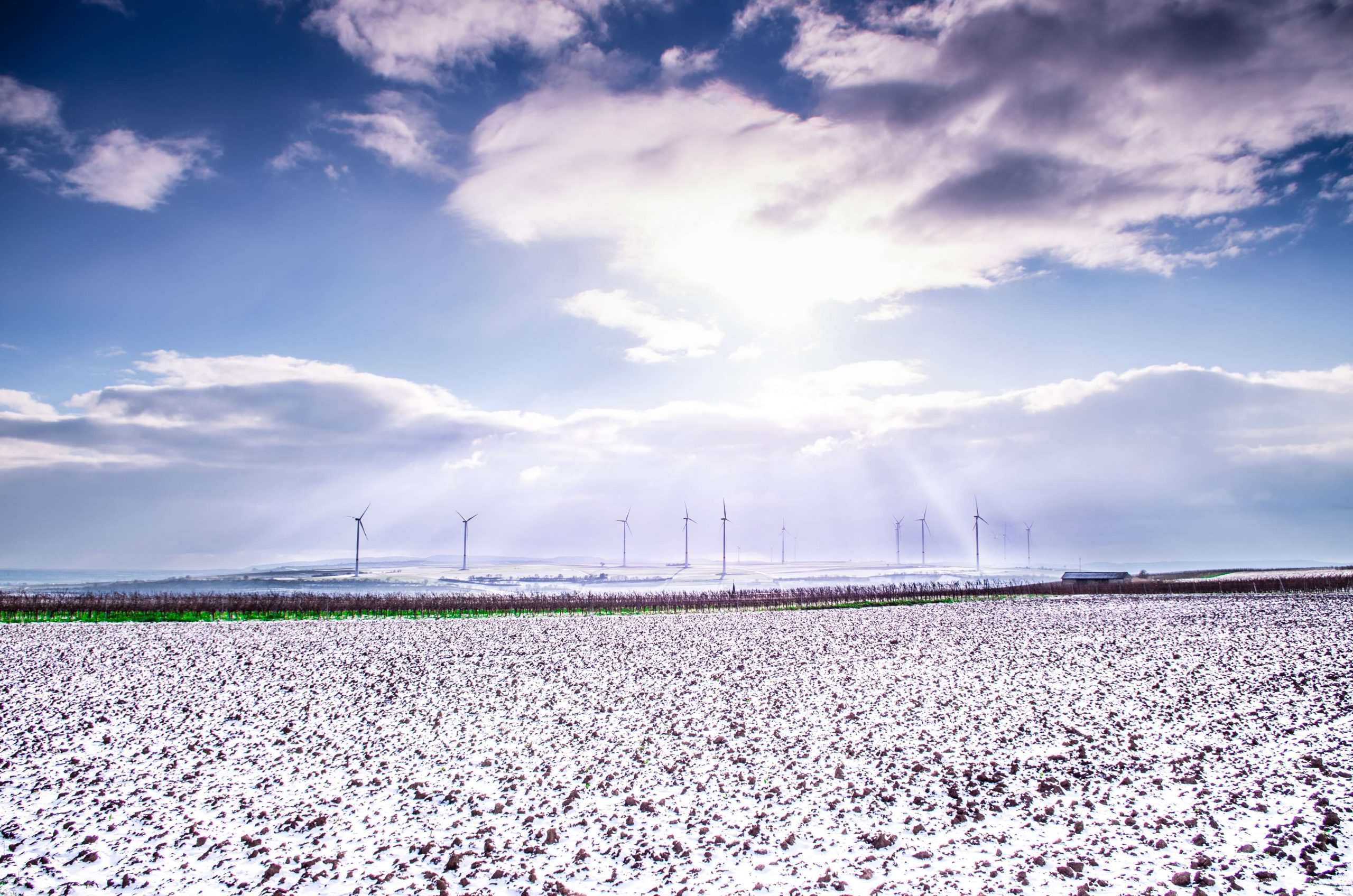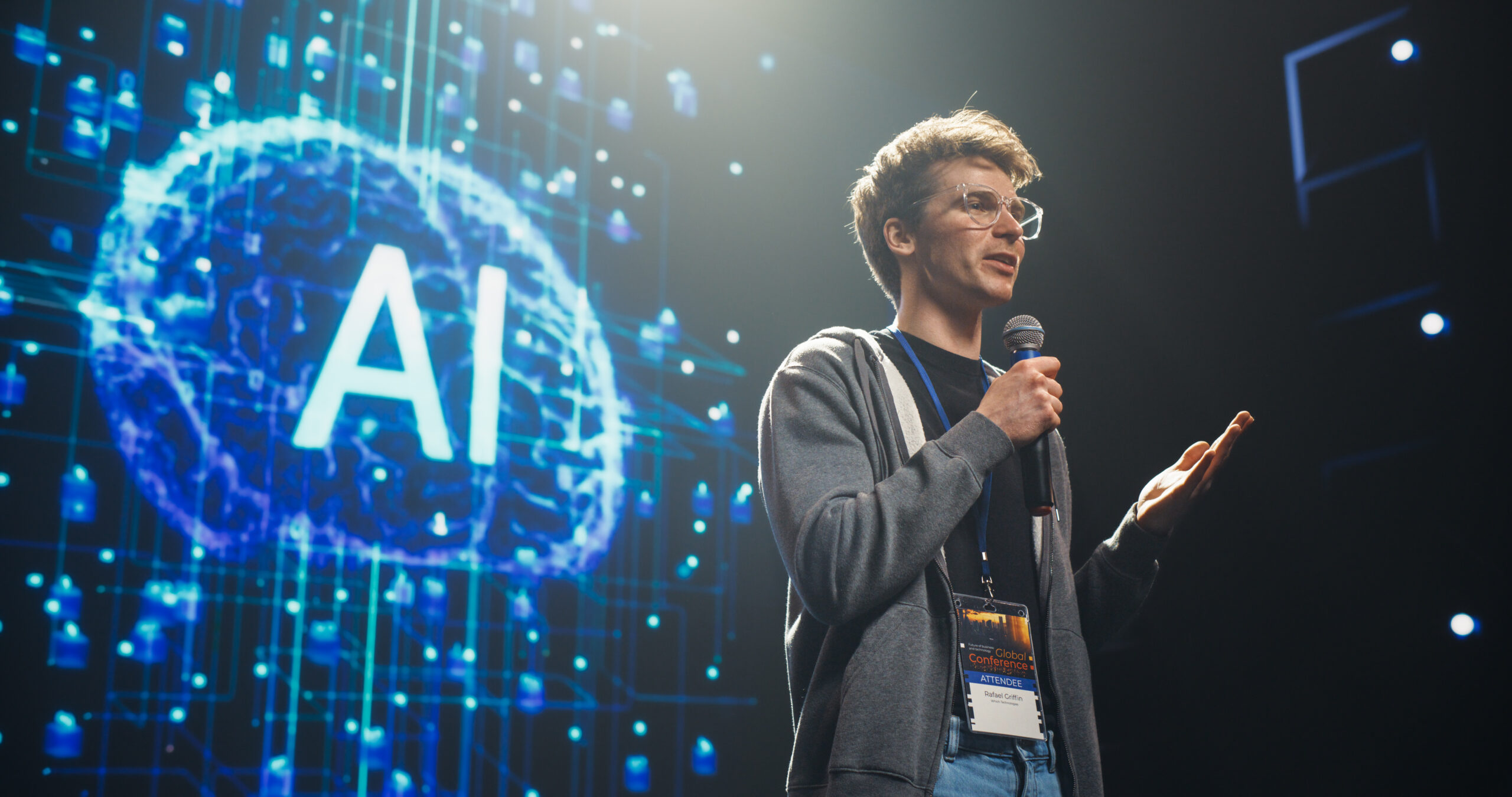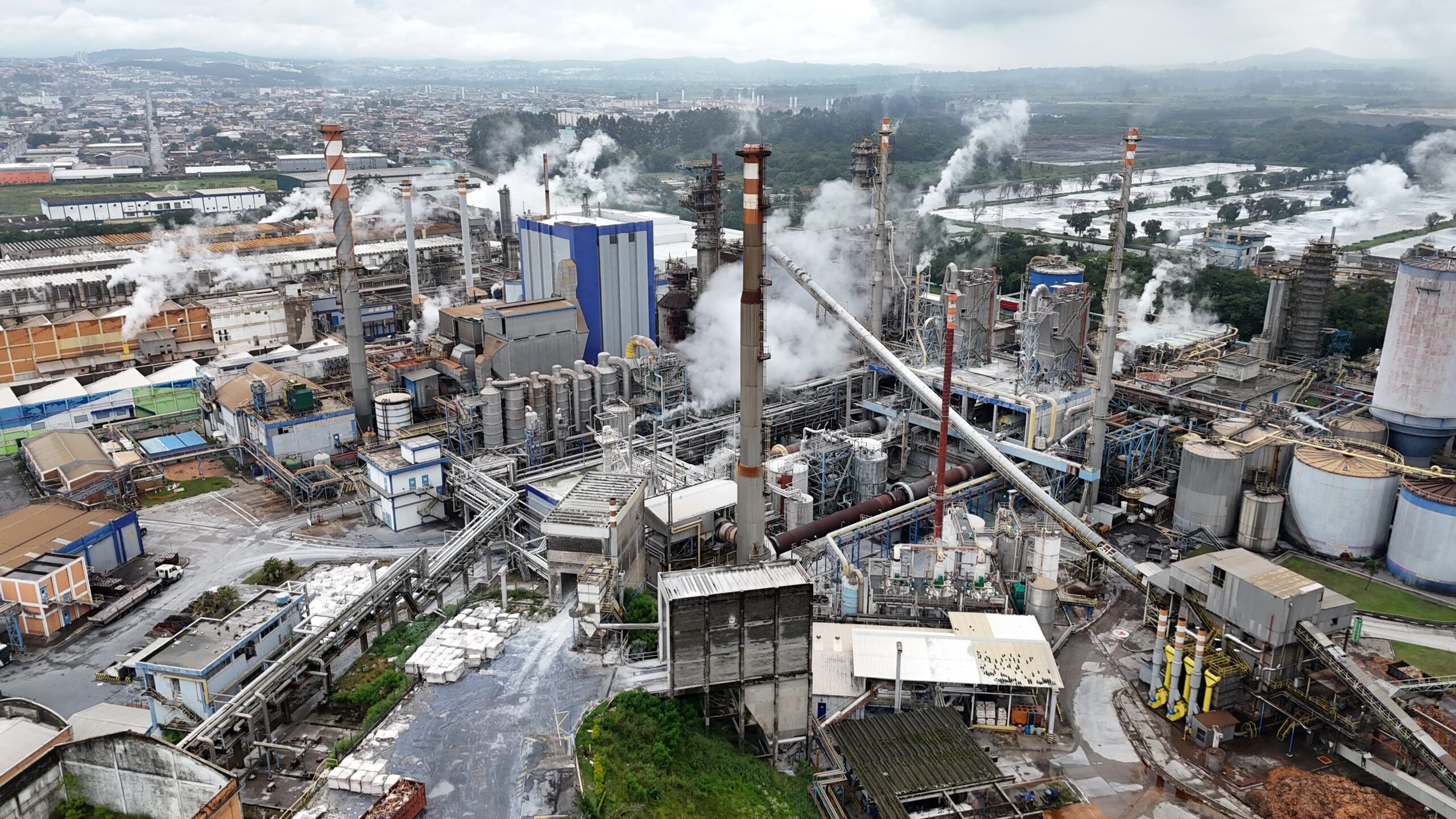Economic development
Major challenges of the energy transition to clean and safe energies

No one doubts that energy is a driving force in the evolution of humanity. Whether or not we can maintain a sustainable planet depends on how we obtain and manage it.
Major leaps in the evolution of human civilizations have occurred in the face of changes in energy paradigms: from traditional biomass (wood, charcoal and straw), to coal. From coal, to oil and natural gas. In between, hydro, nuclear, solar and wind power have made inroads. But as Vaclav Smil points out in this #FutureTalks, today, more than 80% of all energy consumed in the world comes from fossil fuels (coal, oil and gas).
Decisive and urgent actions are needed if we want to move towards a net zero world. The first step is to create a new energy narrative.
As the expert Atul Arya explains, narratives are the starting point for changing individual and collective behavior.
Atul Arya was a speaker at our last Future Trends Forum Building a net zero world. He is Chief Energy Strategist at IHS Markit, a leading provider of economic information and now part of S&P Global. In his role, Atul studies and analyzes current thinking on energy technologies, climate change, renewables and, in general, energy transition strategies.
In his conference, he explains what should be the new energy narrative that will drive a behavioral change and allow us to move towards a net zero world:
Following is a summary of some of the key points highlighted by Atul Arya:
The building blocks of a new narrative for the energy transition
The current energy narrative is not positive: it forces you to choose between energy security and energy transition, as if both were mutually exclusive. And this narrative is very powerful and is influencing decisions, as we are seeing with the reopening of coal-fired power plants in some EU countries.
Energy dependence is clearly a strategic risk. The European Union is the world’s largest energy importer and the third largest consumer, after the US and China. The new energy narrative, says Atul Arya, must first and foremost include the need to ensure affordable, secure, and sustainable access to energy. In other words, bringing security and transition together, rather than placing them as antagonists.
A second building block of this new narrative is that the “energy transition” also requires an “emissions transition”. It is not just a matter of not emitting more CO2, but also of eliminating the CO2 that is already there. Technologies for eliminating existing pollutants, i.e. CO2 already emitted, must be investigated.
Global solutions and time are required considering the magnitude of the energy transition challenge
The third building block is to think about solutions of immense size, to think about solving things on the scale of gigatonnes (109): billions of tons of CO2 must be eliminated. Atul points out that 40 gigatons of CO2 are emitted into the atmosphere every year. Energy from coal emits almost 15 gigatons of CO2 per year. Oil, more than 11, and natural gas, almost 8. Cement industry must also be transformed to produce billions of tons with other processes. To give us an idea, cement production emits almost 2 gigatons of CO2 into the atmosphere.
“If you have a billion-ton problem, you have to find billion-ton solutions.”
Atul Arya
The fourth and final building block of the new energy narrative is the pace at which solutions are implemented. When we talk about changing chemical and physical processes, such as the production of steel, cement or ammonia, the speed of improvement of processes and materials is not fast: we cannot expect a revolution, but a cumulative evolution, which will take years. In other words, the pace cannot be fast, because we are dealing with industrial engineering processes. As this expert tells us, Moore’s law does not hold true in heavy industry. That is why it is crucial to start as soon as possible.
Concluding remarks on the energy transition
The first building block of the new energy narrative proposed by Mr. Arya is reflected in efforts to ensure affordable, secure and sustainable access to energy worldwide, through the “Grand Bargain” initiative. According to this expert, in order to reach a net zero world, it is far more advantageous to invest in less developed countries than in developed ones. For this, financial incentives are needed so that investing in Nigeria or India would not be six times more expensive than investing in the US or Europe.
As well as focusing on scaling up CO2 capture, utilization and storage (CCUS) and on producing green hydrogen as an energy carrier, Atul Arya is convinced that:
- Small modular nuclear reactors (SMRs) will have an important role to play in the energy transition. There are more than 70 international projects to commercialize this type of nuclear energy, including, as Atul points out, Bill Gates’ strong commitment in this field.
- Nuclear fusion will become a reality in the next few years. There are many initiatives in this field, and Atul illustrates this with the startup Commonwealth Fusion Systems (CFS), a spin-off from MIT that raised $2 billion in funding a few months ago.





